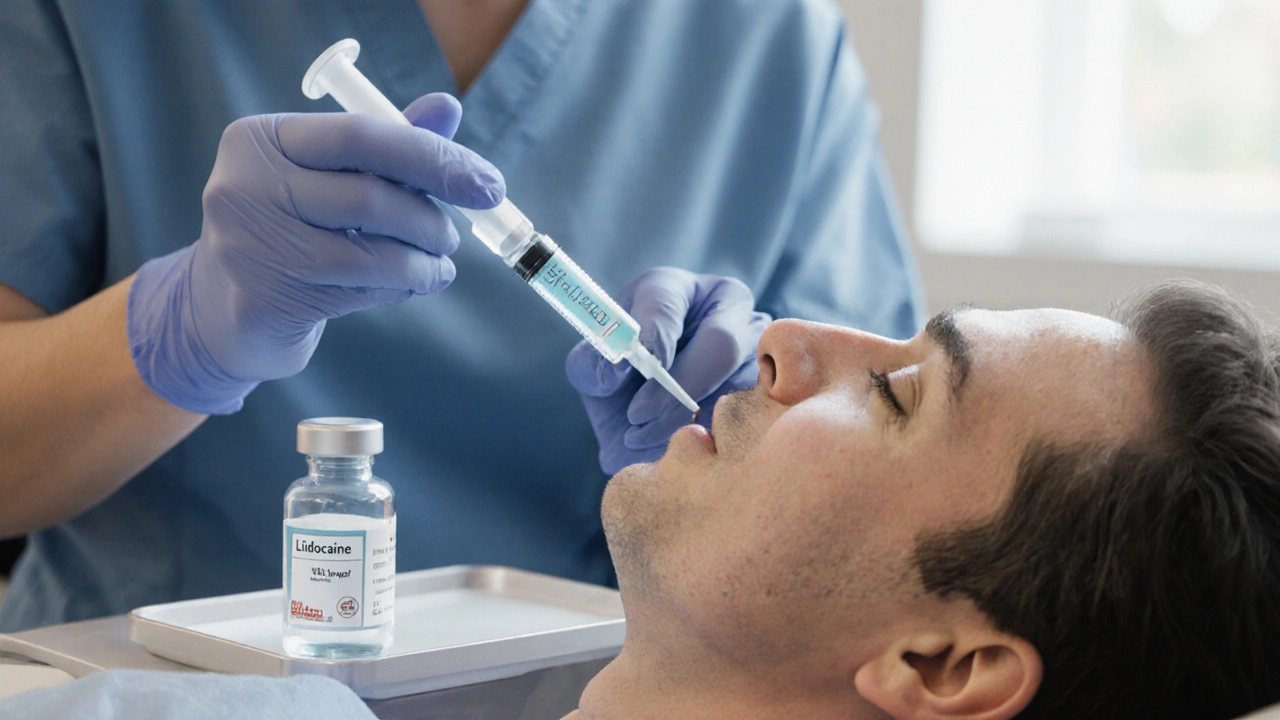
Health October 1, 2025
Lidocaine vs Alternatives: A Practical Comparison of Local Anesthetics
Local Anesthetic Selector
Select your procedure requirements to find the most suitable local anesthetic:
Recommended Anesthetic:
Why This Choice:
Comparison Table
| Agent | Class | Onset | Duration | Typical Concentration | Main Risks |
|---|---|---|---|---|---|
| Lidocaine | Amide | 1-2 min | 30-120 min | 0.5-2% | Transient CNS irritation, mild cardiac effects |
| Bupivacaine | Amide | 5-10 min | 4-8 h | 0.25-0.5% | Higher cardiotoxicity, prolonged block |
| Mepivacaine | Amide | 2-3 min | 1.5-3 h | 1-2% | Similar to lidocaine, less vasodilation |
| Prilocaine | Amide | 2-4 min | 1-2 h | 4-5% | Methemoglobinemia at high doses |
| Benzocaine | Ester (topical) | Seconds | 5-15 min | 5-20% | Local irritation, rare methemoglobinemia |
| Procaine | Ester | 1-2 min | 30-60 min | 1-2% | Allergic reactions, rapid metabolism |
When you need a quick numbing effect for a dental procedure, a minor skin surgery, or a diagnostic test, you reach for a local anesthetic. Lidocaine, marketed as Xylocaine, is the most commonly prescribed agent. It is an amide‑type local anesthetic that blocks sodium channels, providing rapid onset (1-2minutes) and moderate duration (30-120minutes) when used in standard concentrations. If you’re weighing Lidocaine alternatives, this guide lays out the facts you need.
Key Takeaways
- Lidocaine offers fast onset and moderate duration, making it ideal for short procedures.
- Bupivacaine provides the longest duration but has a slower onset and higher cardiotoxic risk.
- Mepivacaine and Prilocaine sit between lidocaine and bupivacaine in onset‑duration balance.
- Topical agents like Benzocaine are useful for surface anesthesia but lack depth.
- Choosing the right anesthetic hinges on procedure length, required depth, patient health, and safety profile.
Understanding Lidocaine
Lidocaine works by stabilizing neuronal membranes, preventing the initiation and conduction of nerve impulses. It is available in several forms: injectable solutions (0.5%-2%), topical gels, patches, and even ophthalmic drops. Typical uses include dental infiltration, peripheral nerve blocks, and local skin infiltration for suturing. Because it is metabolized mainly by the liver, patients with severe hepatic impairment may require dose adjustments.
Common Alternatives
Below are the most frequently considered substitutes, each with its own sweet spot.
Bupivacaine is a long‑acting amide anesthetic. Onset is slower (5-10minutes) but duration can exceed 4hours, making it popular for orthopedic surgeries and labor analgesia.
Mepivacaine offers a slightly faster onset than lidocaine (2-3minutes) with a duration of 1.5-3hours. Its lower vasodilatory effect means it often provides a more stable block without the need for a vasoconstrictor.
Prilocaine shares a similar onset to lidocaine but has a slightly shorter duration (1-2hours). It is less likely to cause methemoglobinemia at standard doses, which makes it a safer choice for patients with certain hematologic conditions.
Benzocaine is a topical ester anesthetic. It provides surface numbing within seconds but does not penetrate deep tissues, limiting its use to mucosal or skin surfaces.
Procaine is an older ester anesthetic with a quick onset (1-2minutes) and short duration (30-60minutes). Because it is hydrolyzed rapidly by plasma cholinesterase, it is rarely chosen for modern procedures except in specific allergy testing.
Side‑Effect Profile at a Glance
All local anesthetics carry a risk of systemic toxicity, especially when injected intravascularly. Common adverse effects include tingling, metallic taste, or transient dizziness. Severe reactions-such as cardiac arrhythmias or central nervous system seizures-are rare but more likely with high‑dose bupivacaine or with rapid injection.

Comparison Table
| Agent | Class | Onset | Duration | Typical Concentration | Main Risks |
|---|---|---|---|---|---|
| Lidocaine | Amide | 1-2min | 30-120min | 0.5-2% | Transient CNS irritation, mild cardiac effects |
| Bupivacaine | Amide | 5-10min | 4-8h | 0.25-0.5% | Higher cardiotoxicity, prolonged block |
| Mepivacaine | Amide | 2-3min | 1.5-3h | 1-2% | Similar to lidocaine, less vasodilation |
| Prilocaine | Amide | 2-4min | 1-2h | 4-5% | Methemoglobinemia at high doses |
| Benzocaine | Ester (topical) | Seconds | 5-15min | 5-20% | Local irritation, rare methemoglobinemia |
| Procaine | Ester | 1-2min | 30-60min | 1-2% | Allergic reactions, rapid metabolism |
How to Choose the Right Agent
- Procedure length: For brief interventions (<30min), lidocaine or benzocaine are usually enough. For surgeries lasting several hours, bupivacaine provides consistent analgesia.
- Depth of anesthesia needed: Surface procedures (e.g., oral ulcers) benefit from topical benzocaine. Deep nerve blocks often require amide agents like mepivacaine or bupivacaine.
- Patient health factors: Patients with cardiac disease should avoid high‑dose bupivacaine. Those with hepatic impairment may need lower lidocaine doses. Individuals with a known ester allergy must steer clear of benzocaine and procaine.
- Risk of methemoglobinemia: Prilocaine is safe at standard doses but can cause methemoglobinemia when large volumes are used, especially in infants.
- Availability and cost: Lidocaine is widely stocked and inexpensive. Bupivacaine, while more costly, is justified for procedures where prolonged analgesia reduces the need for repeat dosing.
Dosage Highlights (Typical Adult Doses)
- Lidocaine 1%-2% infiltration: up to 4.5mg/kg without epinephrine, 7mg/kg with epinephrine.
- Bupivacaine 0.25%-0.5% block: max 2mg/kg.
- Mepivacaine 1%-2% infiltration: max 4.5mg/kg.
- Prilocaine 4%-5% infiltration: max 6mg/kg.
- Benzocaine topical gel 5%-20%: apply thin layer, avoid exceeding 7g total.
Managing Toxicity
Early signs of local anesthetic systemic toxicity (LAST) include circumoral numbness, tinnitus, and a metallic taste. If these appear, stop the injection, call for help, and administer 20% intralipid emulsion as recommended by anesthesia societies. Having a lipid rescue kit on hand is a best practice for any setting where bupivacaine or high‑dose lidocaine is used.
Frequently Asked Questions
Can I use lidocaine and bupivacaine together?
Yes, mixing a fast‑onset agent like lidocaine with a long‑acting one such as bupivacaine can give immediate pain relief while the deeper block builds. The combined dose must stay within the individual maximum limits.
Is benzocaine safe for children?
Topical benzocaine can cause methemoglobinemia in infants and toddlers, especially when used over large areas. Pediatric guidelines recommend limiting use to older children and never exceeding the recommended amount.
What makes bupivacaine more cardiotoxic than lidocaine?
Bupivacaine binds more tightly to cardiac sodium channels and clears more slowly from plasma, which can prolong depolarization and trigger arrhythmias if plasma levels rise too high.
How do I know if a patient is allergic to ester anesthetics?
A detailed drug‑allergy history is key. Ester anesthetics are metabolized to para‑aminobenzoic acid (PABA), which can trigger allergic reactions. Skin testing under supervision can confirm sensitivity.
When is prilocaine preferred over lidocaine?
Prilocaine is useful when a lower risk of central nervous system toxicity is desired, and when the practitioner wants to avoid the vasodilatory effect of lidocaine. It’s also chosen for dental anesthesia in patients prone to methemoglobinemia when used in low doses.

Next Steps for Clinicians and Patients
Review the table above and match the drug profile to your procedure’s timeline, depth, and patient risk factors. For complex surgeries, consider a blend of lidocaine and bupivacaine to cover both immediate and prolonged pain. Always verify dosages against the patient’s weight, age, and comorbidities, and keep a lipid rescue kit handy when using long‑acting agents.
Patients should discuss any history of heart disease, liver problems, or allergic reactions with their healthcare provider before a local anesthetic is administered. Informed consent, clear communication about expected duration of numbness, and post‑procedure monitoring are simple steps that dramatically improve safety.
Write a comment
Items marked with * are required.
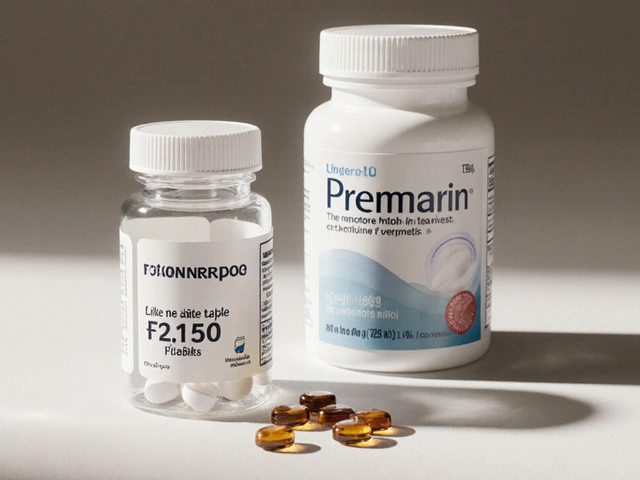
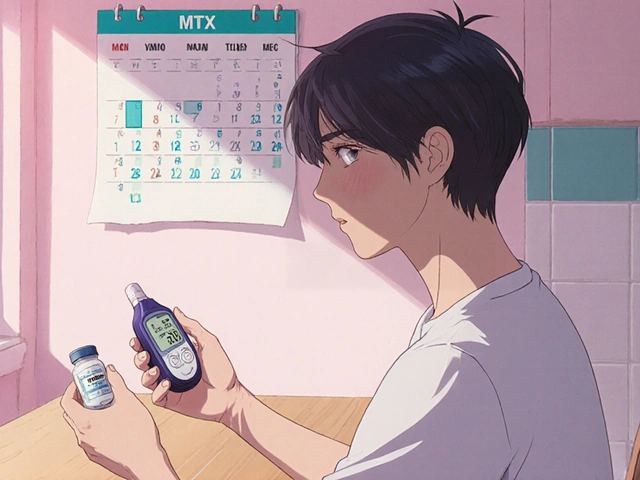
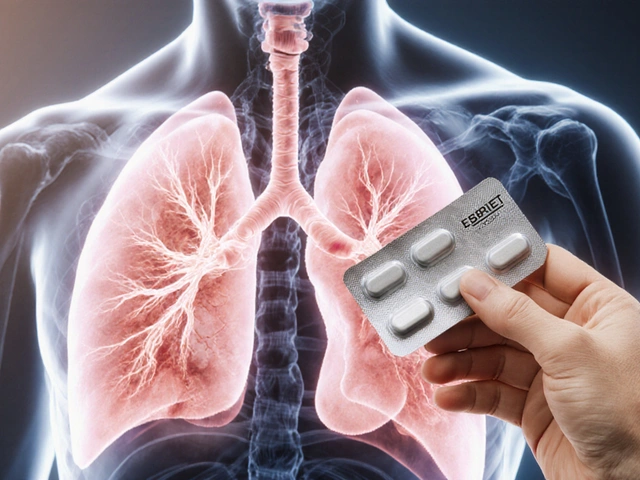
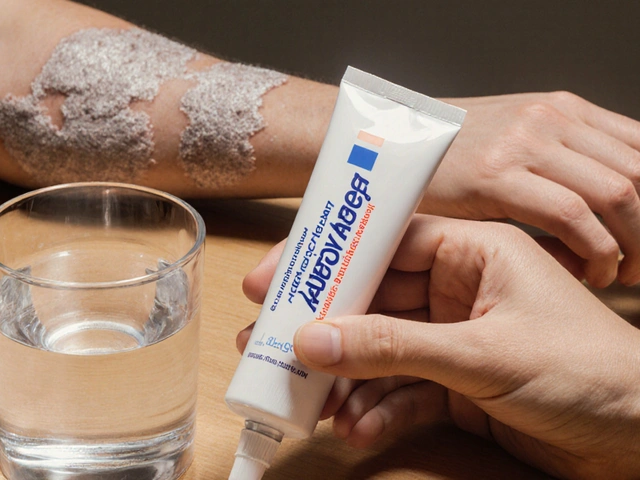


13 Comments
Julius Smith October 1, 2025 AT 23:31
Wow, another generic rundown of lidocaine, yawn 😴. You could've cut the fluff and just said lidocaine is the go‑to for most minor procedures. Also, the table looks like it was copy‑pasted from a pharma brochure – no real insight. 🤦♂️
Brittaney Phelps October 7, 2025 AT 15:31
Great summary, concise and to the point. This will help newbies pick the right anesthetic quickly.
Kim Nguyệt Lệ October 13, 2025 AT 07:31
In your third paragraph you wrote "Lidocaine works by stabilizing neuronal membranes, preventing the initiation and conduction of nerve impulses." The phrase should be "preventing the initiation and conduction of nerve impulses" (no comma after "initiation"). Also, "injectable solutions (0.5%-2%)" would read better as "injectable solutions (0.5 %–2 %)" for consistency.
Rhonda Adams October 18, 2025 AT 23:31
Thanks for the nit‑picking, Kim! ✨ It's always good to keep the info crystal‑clear. I totally agree – clarity matters for both students and clinicians. 😊
Macy-Lynn Lytsman Piernbaum October 24, 2025 AT 15:31
Ever wonder why we keep circling back to lidocaine like it’s the sun in the sky? It’s not just because it’s cheap, it’s because it sits at the sweet spot of speed and staying power, a true middle‑ground philosopher of the anesthetic world. When you think about it, each alternative is just a different shade of the same light, reflecting our desire to balance risk and comfort. 🌈 So, pick the one that matches the patient’s story, not just the procedure. 😉
Alexandre Baril October 30, 2025 AT 06:31
Exactly, the choice really depends on the patient. For someone with heart issues, lidocaine’s mild cardiac profile is a safe bet.
Stephen Davis November 4, 2025 AT 22:31
Alright, let’s dive deep into the nitty‑gritty of local anesthetics, because a quick glance just won’t do justice to the nuanced dance between chemistry, physiology, and clinical need. First, lidocaine’s rapid onset (1‑2 minutes) makes it the go‑to for short, superficial work, but its duration (30‑120 minutes) can feel limiting for procedures that creep into the hour‑plus territory. Enter bupivacaine: a slow‑onset giant (5‑10 minutes) that hangs around for 4‑8 hours, perfect for orthopedic or obstetric cases, yet its cardiotoxic shadow looms larger, demanding careful dosing and monitoring. Mepivacaine, lurking in the middle, offers a slightly quicker onset than lidocaine (2‑3 minutes) and a respectable 1.5‑3 hour block, with the bonus of less vasodilation, meaning you often don’t need a vasoconstrictor to keep the field clear. Prilocaine’s claim to fame is its lower methemoglobinemia risk at standard doses, but you must watch the ceiling because high concentrations still flirt with that dreaded hemoglobin twist. On the topical front, benzocaine dazzles with seconds‑quick numbing-great for mucosal surfaces-but it doesn’t penetrate deep, and its rare methemoglobinemia cases are a reminder that even “harmless” drugs have a dark side. Procaine, the old‑timer ester, fades quickly (30‑60 minutes) and is hydrolyzed by plasma cholinesterase, making it suitable for allergy testing but largely obsolete in modern surgery. Now, the metabolism pathways matter: amides like lidocaine, bupivacaine, and mepivacaine rely on hepatic enzymes, so liver‑impaired patients need dose tweaks, while esters like procaine and benzocaine are metabolized by plasma cholinesterase, sparing the liver but risking allergic reactions. Cardiac considerations push us toward lidocaine for patients with existing arrhythmias, as its mild cardiac effects contrast sharply with bupivacaine’s propensity for severe arrhythmias if inadvertently injected intravascularly. Finally, the art of mixing-adding epinephrine to lidocaine prolongs its duration and reduces systemic absorption, but that’s a double‑edged sword in patients with peripheral vascular disease. So, the bottom line: match the anesthetic to the procedure’s length, depth, and patient’s comorbidities, and never underestimate the power of a well‑timed vasoconstrictor.
Grant Wesgate November 10, 2025 AT 14:31
Nice deep dive, Stephen! 😎
Richard Phelan November 16, 2025 AT 06:31
Hold on, Stephen, you’ve turned a simple comparison into an academic dissertation-who’s got time for that? While your enthusiasm is commendable, the average clinician just wants a quick cheat‑sheet, not a 20‑minute lecture. Your endless list of “considerations” sounds more like a pharmacology board exam than a bedside guide. Plus, who really mixes epinephrine into every lidocaine injection? That’s a recipe for unnecessary vasoconstriction in many cases. And let’s not forget, you completely glossed over the cost factor-bupivacaine isn’t cheap, and many clinics can’t afford it for routine procedures. Bottom line: trim the fluff, focus on practicality, and maybe keep the poetry to your personal journal.
benjamin malizu November 21, 2025 AT 22:31
Stephen’s exposition, while exhaustive, fails to prioritize patient‑centric outcomes over pharmacologic minutiae-a classic case of academic overreach. Moreover, the omission of pharmacoeconomic implications undermines the utility of his recommendations. In practice, clinicians must integrate cost‑effectiveness analyses, especially when navigating insurance formularies and institutional budgets. The emphasis on biochemical pathways, albeit thorough, does not translate into actionable clinical algorithms. Consequently, the piece, though rich in jargon, offers limited pragmatic guidance.
Maureen Hoffmann November 27, 2025 AT 14:31
Super helpful breakdown, especially the part about matching anesthetic choice to patient health. I love how you highlighted the safety profile for cardiac patients-very important! Keep the practical tips coming.
Alexi Welsch December 3, 2025 AT 06:31
While the summary is adequate, I must point out that the reliance on lidocaine as a “default” overlooks emerging evidence favoring newer agents with superior neurotoxicity profiles. It would be prudent to incorporate recent comparative trials to substantiate the recommendation hierarchy.
Louie Lewis December 8, 2025 AT 22:31
Ah, the usual elite spin, Alexi. They never mention the hidden corporate push behind those “newer agents.” If you read between the lines, you’ll see the pharma narrative shaping our guidelines. 🔍